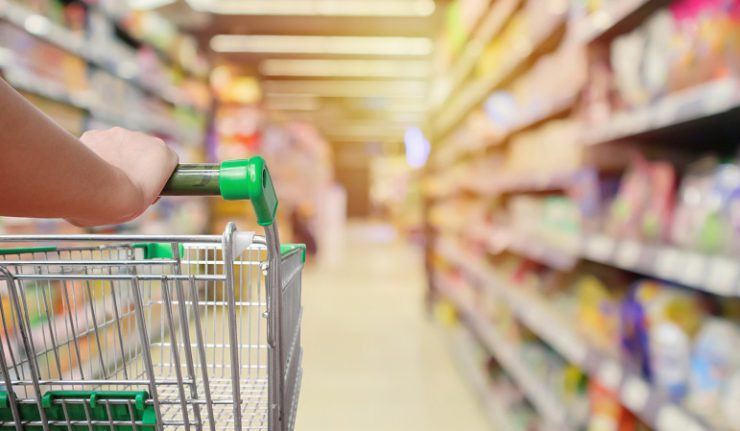Australian retail turnover rose 0.5% in February 2020, seasonally adjusted, according to the latest retail trade figures from the Australian Bureau of Statistics (ABS).
ABS director of quarterly economy wide surveys, Ben James said retailers reported a range of impacts from COVID-19 in February with increases in food retailing slightly offset by falls in more discretionary spending.
Department stores reported the biggest revenue increase (3.1%), followed by food retailing (0.8%), household goods (0.7%), restaurants and takeaway food services (0.2%) and other retailing (0.2%). These increases were offset by a 2.9% fall in clothing, footwear and personal accessories. Additional analysis conducted by the ABS showed significant rises in supermarket purchases in February, especially around essential grocery items.
Western Australia experienced a 1.2% revenue increase, followed by the Australian Capital Territory (1.1%), Queensland (0.8%), Victoria (0.5%) and South Australia (0.4%). New South Wales and Tasmania were flat, while the Northern Territory fell 0.7%.

In February 2020, online retail turnover contributed 6.6% to total retail revenue in comparison to 5.6% in February 2019.
National Retail Association (NRA) said while the figures are good, they represent a ‘false dawn’ considering the economic turmoil that has occurred since March. CEO, Dominique Lamb said the figures need to be put into context.
“The results do not indicate a retail recovery given the events that have transpired in recent weeks,” she said.
“As the ABS notes, there was a significant increase in supermarket purchases due to the panic buying that occurred. While this is good for those businesses, it also means that the turnover was not spread across the sector.
“We had a number of restrictions placed in March to combat the health threat of COVID-19 with many retailers either closing their doors entirely, downsizing their operations or offering only limited services.
“The March figures will make for much more sober reading as the entire economy battles the side-effects of this pandemic.”

